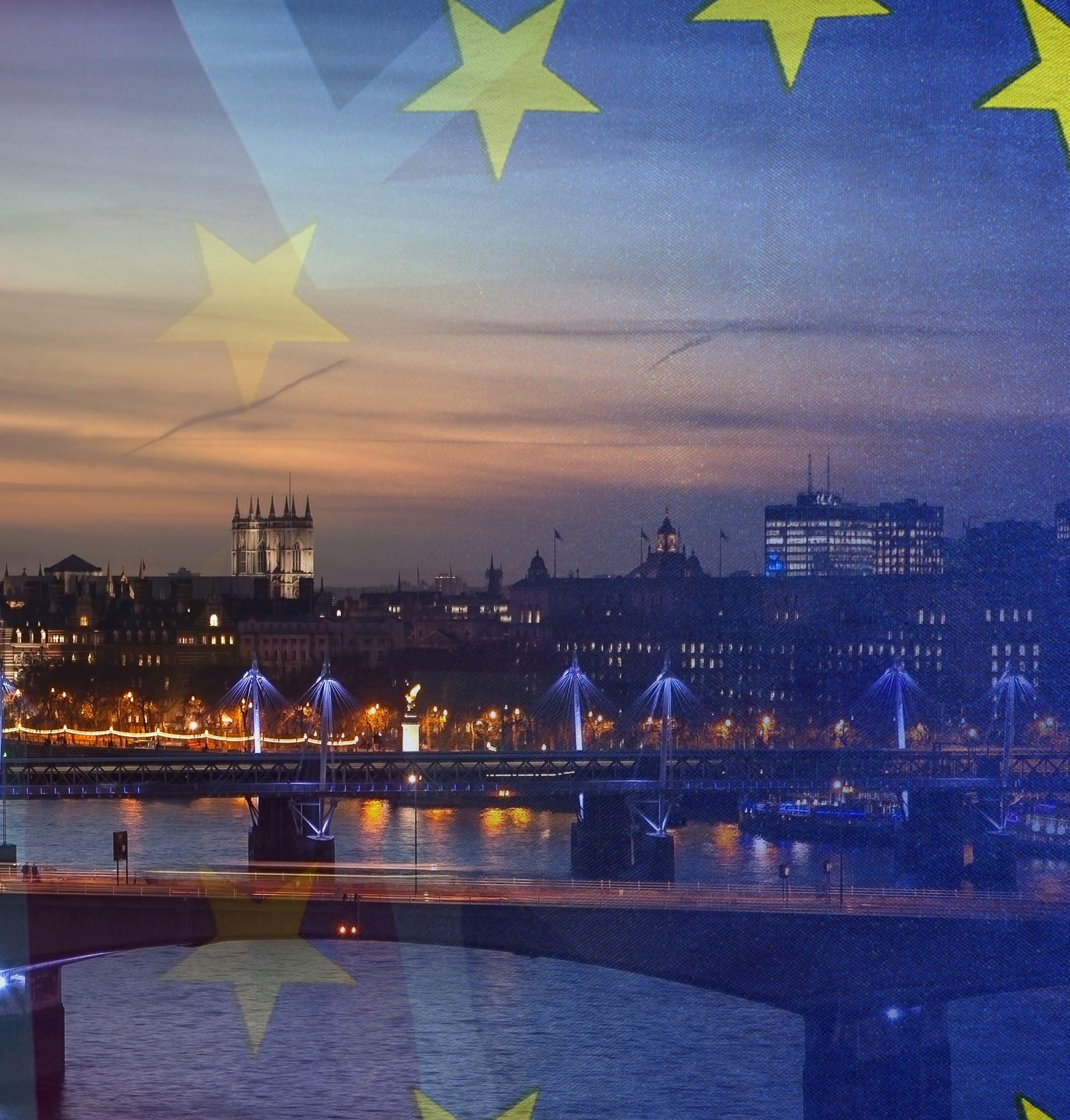
2 minute read
BREXIT CONCERNS INCREASE AS YEAR-END APPROACHES
MVPro asked the European Machine Vision Association (EMVA) for thoughts as we bring a difficult year to a close
2020 will surely be remembered as the year when the first pandemic of the modern era swept the world, resulting in significant harm and impact to many people and businesses. However, as the year ends with positive indications of an effective virus vaccine, and many companies having successfully adapted to the new normal, other topics are increasingly of concern.
Advertisement
The Covid-19 pandemic certainly captured more media attention than the impending exit of the UK from the European Union, but the absence of a defined trade deal between the UK and the EU is introducing uncertainty and risk into businesses on both sides of the English Channel, with both conformity and trade tariffs likely to be of significant concern to the vision sector.
Conformity of products for sale within the European Economic Area has been simply addressed since 1985 by the use of the CE mark, coupled to manufacturers declaration of conformity and technical files. This system is intended to be replaced within the UK by the United Kingdom Conformity Assessment, which will be required for all products placed onto the UK market.

The approach is expected to be very similar to the CE mark, but companies will need to check on specific details, particularly in respect of using certified bodies for demonstrating compliance. Rapid clarification of statutory requirements is necessary, with seemingly minor issues having the potential to create significant disruption, such as the need to place the UKAC mark directly on the product rather than either on the product, packaging, or documentation, as for the CE mark.
Import and export tariffs can appear complex and, while it may be the case that typical components of vision systems are not subject to import tariffs, in the absence of a defined trade deal between the EU and the UK, certain industries which are large users of vision technology will be negatively affected by new tariffs.
Notably the automotive industry is likely to be subject to 10% tariffs on import under current guidance. Potential knock-on effects could include a reduction in consumer demand or regional consolidation of assembly operations, and other impacts which may reduce the need for investment in new projects and vision technology.
Despite the additional uncertainty, created by the Brexit transition, across the continent, adapting to any new trade relationship should progress smoothly overall. Additional operational overheads are almost certainly inevitable in many areas, but the common cultural approach to trade, established over the past 40 years’, is a strong foundation for future economic growth for both the UK and EU.
At the close of 2020 we can reflect on a year in which significant difficulties were met with a flexible and practical approach to business, providing optimism that any challenges for the vision sector, associated with the Brexit transition, will be effectively addressed.



MV



